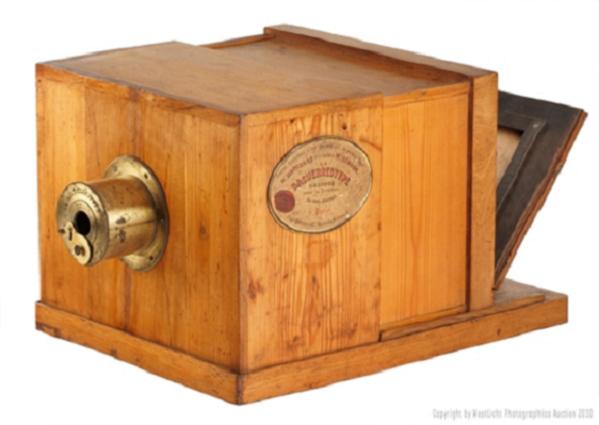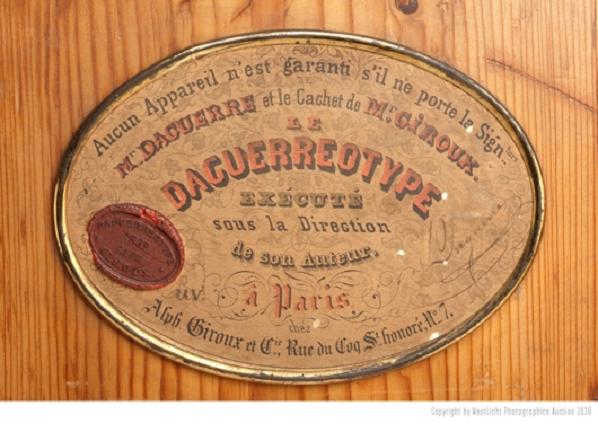
Rare daguerreotype
On October 11, 2011 the Community Times reported: The rare tintype of Baltimore slave Martha Ann “Patty” Atavis and Alice Lee Whitridge, the young girl she cared for, was probably taken in 1860.
The Maryland Historical Society acquired at auction recently a rare daguerreotype of Baltimore slave, Martha Ann "Patty" Atavis, and a tintype of the same woman holding Alice Lee Whitridge, the daughter of Dr. John Whitridge of Baltimore.
The items are from circa 1845-1860. The photographs and supporting documents illuminate the realities of urban slavery in Baltimore during the Civil War era.
"This acquisition is incredibly important for the Maryland Historical Society and will further help us understand urban slavery in Baltimore," Mark Letzer, of the Maryland Historical Society, said in a statement.
Letzer acquired the images for the museum at the Crocker Farm Auction House in Sparks.
About 5 percent of slaves lived in urban areas at the eve of the Civil War, according to the historical society. In Baltimore, that totaled about 5,000, with two thirds of them being women. Most of the women were in domestic service like Atavis. She stayed in the service of the same family until her death a decade after the abolition of slavery.
The pictures will be on display in the Maryland Historical Society library starting, Wednesday, Oct. 12, from 10 a.m. to 5 p.m., Wednesday through Saturday. (source: The Community Times)

The Daguerreotype
Louis-Jacques-Mandé Daguerre invented the daguerreotype process in France. The invention was announced to the public on August 19, 1839 at a meeting of the French Academy of Sciences in Paris. American photographers quickly capitalized on this new invention, which was capable of capturing a "truthful likeness." Daguerreotypists in major cities invited celebrities and political figures to their studios in the hopes of obtaining a likeness for display in their windows and reception areas. They encouraged the public to visit their galleries, which were like museums, in the hope that they would desire to be photographed as well. By 1850, there were over 70 daguerreotype studios in New York City alone.
Popularity of the daguerreotype declined in the late 1850s when the ambrotype, a faster and less expensive photographic process, became available. A few contemporary photographers have revived the process.

The Cameras
The earliest cameras used in the daguerreotype process were made by opticians and instrument makers, or sometimes even by the photographers themselves. The most popular cameras utilized a sliding-box design. The lens was placed in the front box. A second, slightly smaller box, slid into the back of the larger box. The focus was controlled by sliding the rear box forward or backwards. A laterally reversed image would be obtained unless the camera was fitted with a mirror or prism to correct this effect. When the sensitized plate was placed in the camera, the lens cap would be removed to start the exposure.

tanx for post
ReplyDeleteعکس پروفایل عکس پروفایل عکس پروفایل عکس پروفایل
عکس پروفایل عکس پروفایل عکس پروفایل
http://ow.ly/PJlj50Fy7h8